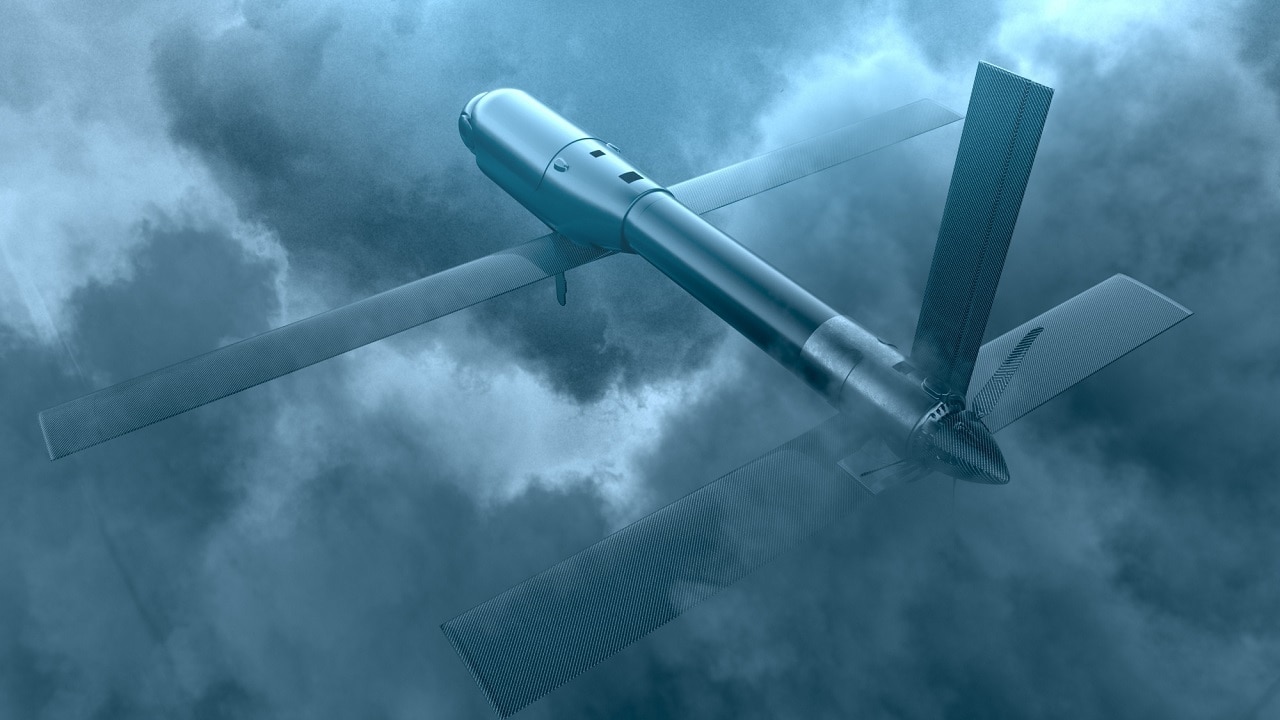The Islamic Republic of Iran is set to deliver armed drones to Russian forces amidst its ongoing invasion of Ukraine, according to the White House. On Monday, U.S. National Security adviser Jake Sullivan said that the Biden administration has information that in addition to providing weapons, Iranian forces could also begin training Russians on the drones’ capabilities.
Sullivan’s remarks coincide with President Biden’s trip to the Middle East, where he is expected to bridge alliances with Israel and other Arab state partners to counter Iran’s malign behavior in the region. While Tehran’s regime has been provoking tensions in the Middle East in recent years, its emphasis on advanced drone use has become a pressing concern for the U.S. and its regional allies.
In a statement to the press, Sullivan detailed that “Our (the White House’s information) indicates that the Iranian government is preparing to provide Russia with up to several hundred UAVs, including weapons-capable UAVs, on an expedited timeline.” Sullivan did not indicate if the White House is aware of how Iran would transfer these weapons and on what timeline.
Longstanding Ties Between Russia and Iran
Moscow and Tehran have shared military ties since the 1979 Islamic Revolution. However, their partnership has strengthened recently since both countries have been isolated from the international community, though for different reasons. Moscow has been widely condemned, ostracized, and sanctioned following Putin’s offensive invasion of Ukraine. Tehran has carried out barrages of drone and rocket attacks targeting its adversaries, vis-à-vis proxies, throughout the region while simultaneously inching closer to becoming a nuclear threshold state. Both states, arguably considered pariahs by many in the international community, are relying on each other to achieve their individual goals.
This week, the Kremlin announced that Putin will meet with his Turkish and Iranian counterparts in the upcoming days. This meeting could serve as a counter to Biden’s budding Middle East alliance. Earlier in June, Russia and Iran signed a mutual trade agreement, establishing trade centers in Saint Petersburg and Tehran.
According to Reuters, Russia’s Deputy Prime Minister announced that “Iran could become a key transportation and logistic hub for ensuring mutual transportation of goods,” adding that the two nations have the potential to trade approximately 50 million tons of goods over the next few years if the current pace is maintained. Russia’s Ukraine invasion and Iran’s nuclear activities have resulted in heavy sanctions for both countries. Tehran and Moscow have teamed up in order to circumvent the imposed economic chokeholds.
Outcast Countries Share Economic and Military Cooperation
In addition to economic cooperation, Iran and Russia have enjoyed military exchanges for years. Due to the anti-Western outlook of both nations, it makes sense that Tehran would deliver its drones to Moscow. Iran’s unmanned aerial systems (UAVs) program first took off in the late 1980s. Over time, the country’s drone arsenal has emerged as an increasingly lethal asset to Iran.
Following the U.S.-led targeted killing of revered Iranian Revolutionary Guard Corps (IRGC) commander Gen. Qassem Soleimani in 2020, Iran has significantly escalated the scope and scale of its attacks targeting U.S. assets in the Middle East. Since 2020, Iranian-backed militias have carried out dozens of rocket and drone barrages in Iraq and Syria alone.
Last year, the then-Commander of the U.S. Central Command Kenneth McKenzie emphasized the dangers of Iran’s advancing drone arsenal. The commander detailed how Iran’s proxies have produced and launched explosive-laden drones in more recent attacks targeting U.S. assets in the region. The then-Commander elaborated during testimony given before the Senate Armed Services Committee that Iran’s advanced drones “present a new and complex threat to our forces and those of our partners and allies. For the first time since the Korean War, we are operating without complete air superiority. Until we are able to develop and field a networked capability to detect and defeat [UAVs], the advantage will remain with the attacker.”
Russian forces would benefit from Iranian drone shipments in its war efforts against Ukraine. According to Breaking Defense, an Israeli drone expert outlined that “Iran would be able to provide a number of different kinds of military drones, including armed systems, thanks to a homegrown design and production setup largely put together through imported components, despite longstanding sanctions.” Israel and its new regional allies consider Iran’s drone arsenal to pose a critical threat. In June, Israel announced a new U.S.-led joint air defense network had been formed to better deter the Iranian threat. Dubbed the Middle East Air Defense Alliance (MEAD), the operational coalition aims to counter and target Iran’s armed drones. Additionally, both Saudi Arabia and the United Arab Emirates (UAE) could potentially acquire Israeli-made air defense systems.
In recent years, Iran’s regional provocations have aligned historically-adversarial states. Both Moscow and Tehran, already isolated from the international community, will gain from a strengthened anti-Western alliance. As Russia’s invasion of Ukraine continues, Iran will likely support Moscow’s effort through additional weapons transfers.
Maya Carlin is a Middle East Defense Editor with 19FortyFive. She is also an analyst with the Center for Security Policy and a former Anna Sobol Levy Fellow at IDC Herzliya in Israel. She has by-lines in many publications, including The National Interest, Jerusalem Post, and Times of Israel.

